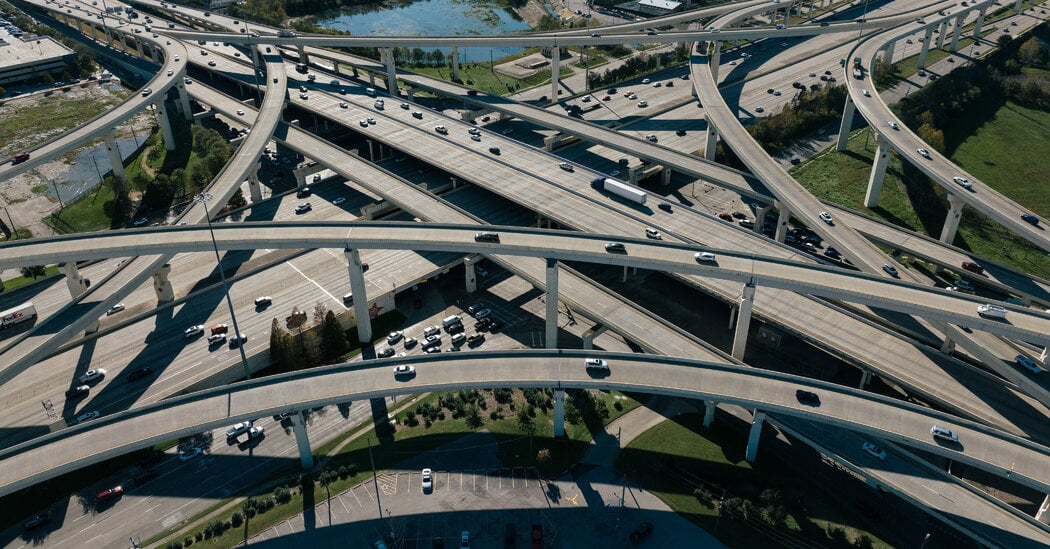For critics of widening projects, the prime example of induced demand is the Katy Freeway in Houston, one of the widest highways in the world with 26 lanes.
Immediately after Katy’s last expansion, in 2008, the project was hailed as a success. But within five years, peak hour travel times on the freeway were longer than before the expansion.
Matt Turner, an economics professor at Brown University and co-author of the 2009 study on congestion, said adding lanes is a fine solution if the goal is to get more cars on the road. But most highway expansion projects, including those in progress in Texas, cite reducing traffic as a primary goal.
“If you keep adding lanes because you want to reduce traffic congestion, you have to be really determined not to learn from history,” Dr. Turner said.



Can confirm. My area added a third lane to the highway over the last 10 years or so. So much better than before. One grandma can’t bring the entire highway to a snails pace anymore.
What was the population and commuter increases of your area in the last 10 years? I think that is a big factor people don’t consider.
If it’s relatively stable or slow Y/Y then absolutely it’ll help. But if you live in a place where urban sprawl is the city’s building mandate for the next 20 years, it’ll be like Los Angeles traffic in no time.
Even 290 in Houston got more lanes recently and it’s like night and day.
It’s almost like it’s more nuanced than loud people want to admit.